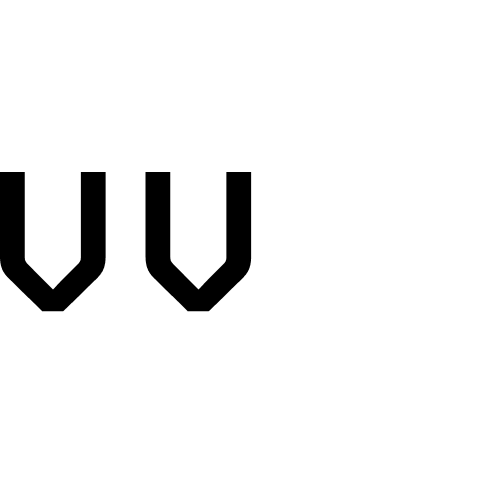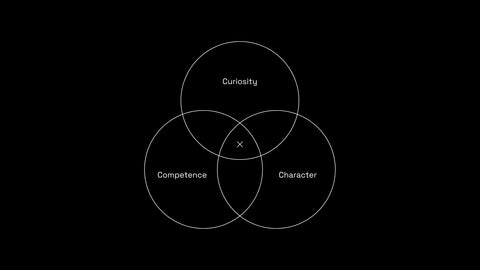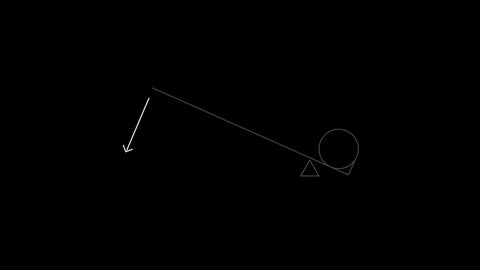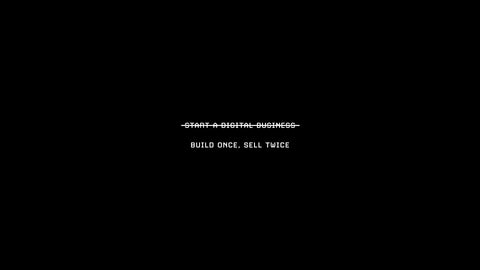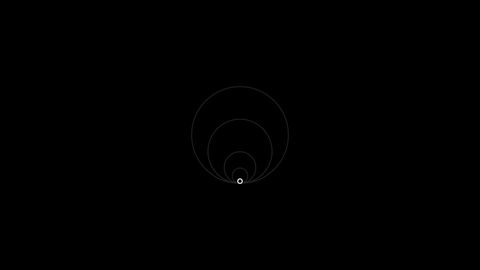How to combine competence, curiosity, and character to create a category of one:
1/ Competence
If we want anyone to spend their time, attention, or money on anything of ours, we must first be competent.
Lots of people are competent, so there's lots of competition here.
Let's say this is "school teachers."
2/ Competence + Curiosity
If we add curiosity to the mix, competition starts to thin.
This separates the generalist practitioners from the irrationally passionate.
Let's say this is "school teachers who are curious about learning innovation"
3/ Competence + Curiosity + Character
Now combinatorics put us in a category of one territory.
Let's say this is "school teachers who are curious about learning innovation, building a gamified school inspired by SpaceX's Ad Astra." (Check out Synthesis: https://www.synthesis.is/)
4/ Making it Tangible
All this is great until it comes to communicating it to the rest of the world.
Which is why bad packaging kills amazing ideas.
Writing, design, marketing — our job here is to lose as little as possible in translation from the intangible to the tangible.
5/ Basic Economics
We can use a very simple idea here, the "content" that makes contact with the market falls somewhere on this spectrum:
Commodity (could've been made by anyone)
Luxury (could only have been made by you)
6/ Supply & Demand
If we follow the logic from there, the demand for generic content is weak.
With "luxury" content, you control the market and you increase demand to the extent you can combine your competence, curiosity, and character & communicate them without packet loss.
7/ How to Build a Personal Monopoly
All of the above is summarized from a 90-minute webinar I did with David Perell.
